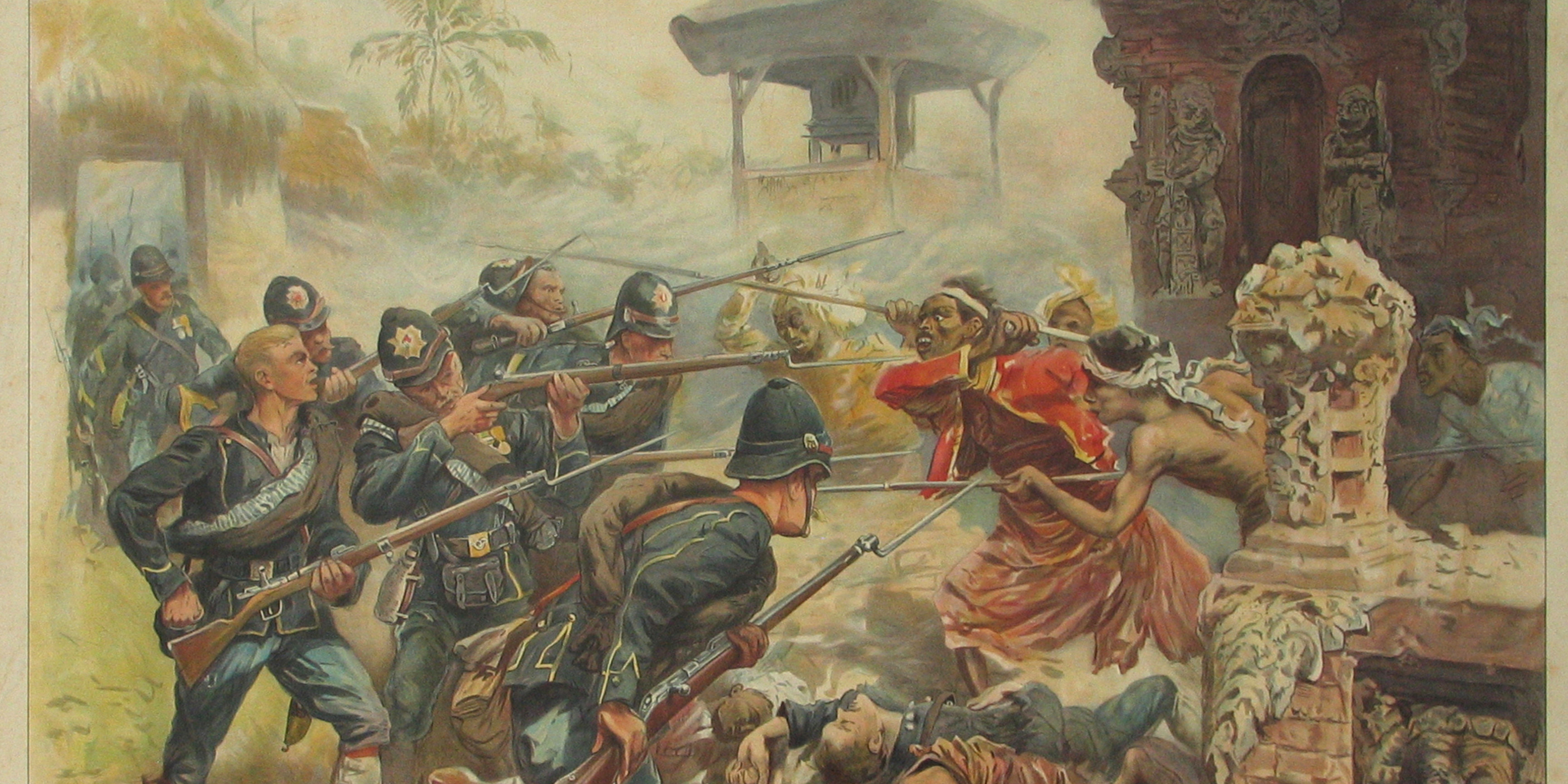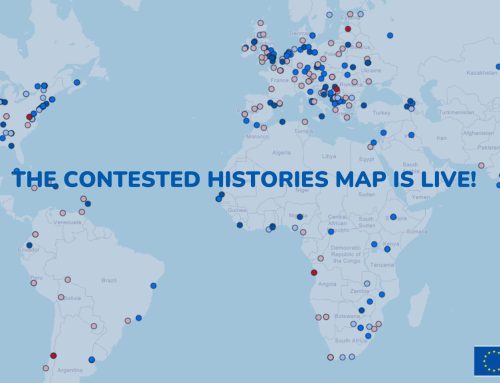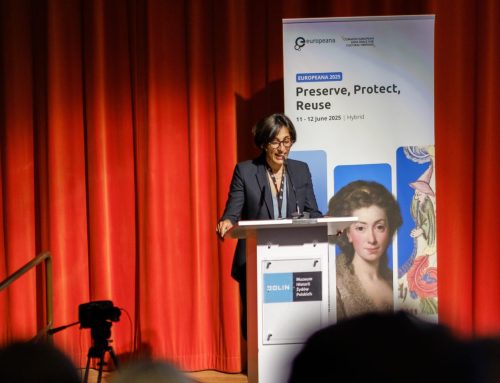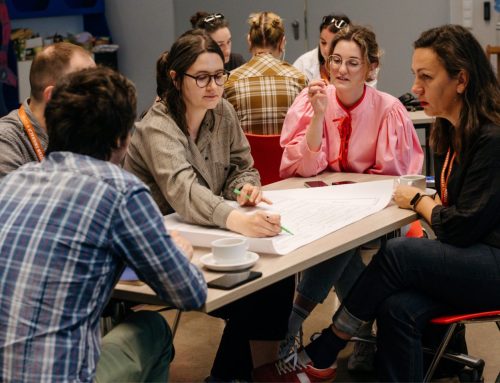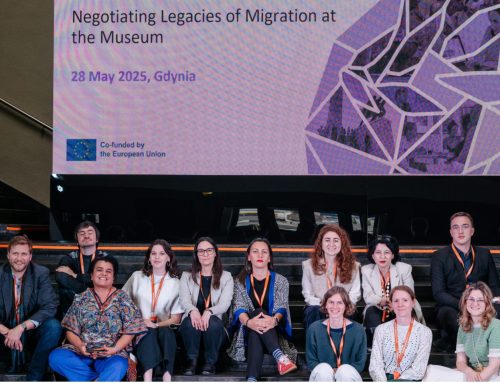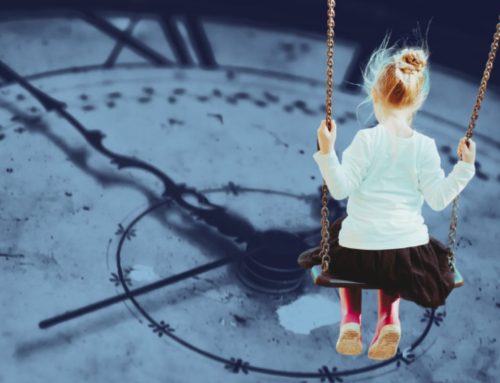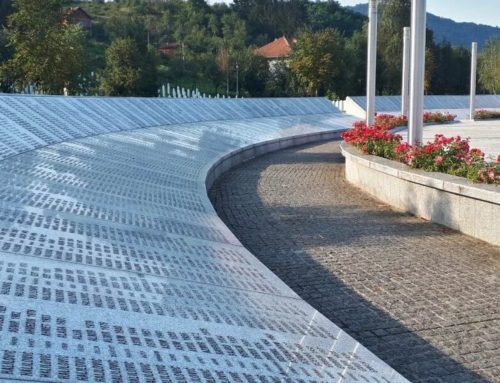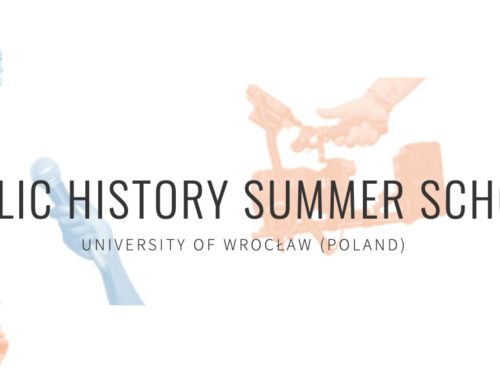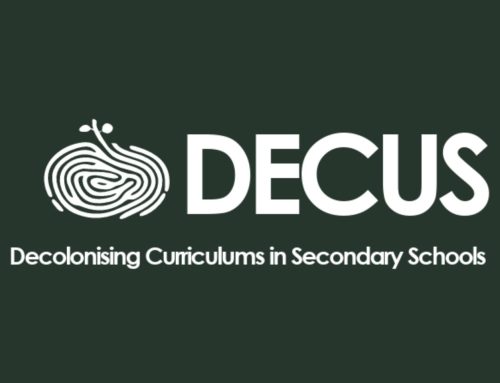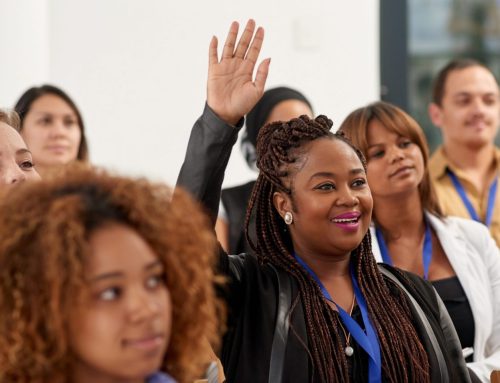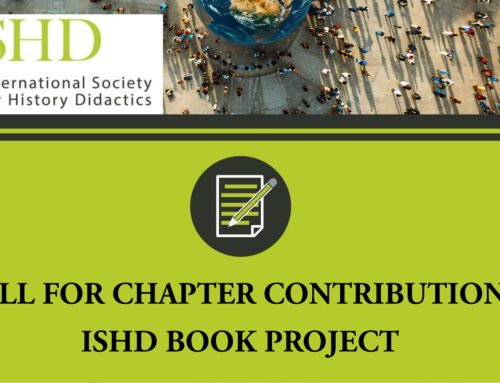By Tina van der Vlies
What is the matter with ‘colonial awareness’ in the Netherlands? Studies on collective memory and historical awareness of the former Dutch East Indies often explain disappointing results by pointing at history education, while many history teachers and textbook authors themselves have long endeavoured to deal with this complex history. Tina van der Vlies looks into this paradox. She also outlines how teachers can discuss sensitive history such as the Indonesian War of Independence in a multicultural classroom.
On the 29th of November 2020, a headline in the Dutch daily newspaper Trouw read that Flemish author David van Reybrouck was ‘astonished’ about the lack of historical awareness in the Netherlands. He wrote the book Revolusi on the Indonesian struggle for independence with a view to enhancing our understanding of this history as well as ‘Dutch colonial awareness’. In the introduction to his book, Van Reybrouck referred to a report by the British Marketing research agency YouGov showing that, in comparison with other former colonizers such as Belgium, France or the United Kingdom, the Netherlands were the most proud and the least embarrassed by their colonial past.[i] A striking result, especially if one bears in mind that twenty years earlier, another survey had demonstrated that many considered the era of colonial rule to be the blackest page in Dutch history.[ii] A new report appeared in 2021: Een Vandaag had examined how ‘we’ regarded the age of the United East India Company (VOC) and the colonial days of the Dutch East Indies. In this survey, it was not half the respondents, as with YouGov, but 35% of them who said they looked back with pride.[iii]
Can these differences be explained by time differences, the way questions were formulated or by the number and type of respondents? Or, for instance, by the fact that the Een Vandaag Opinion Panel, besides its 30,000 members, had also included well over 1,000 people of Indonesian and Moluccan descent? This seems to be a logical explanation, but the figures show that 36% of people in this group looked back with pride against 35% of the total. These percentages are only averages, of course, and the group of Dutch people of Indonesian and Moluccan descent proved to be highly divided in how they regarded the past and in the arguments they used to explain their views.[iv]
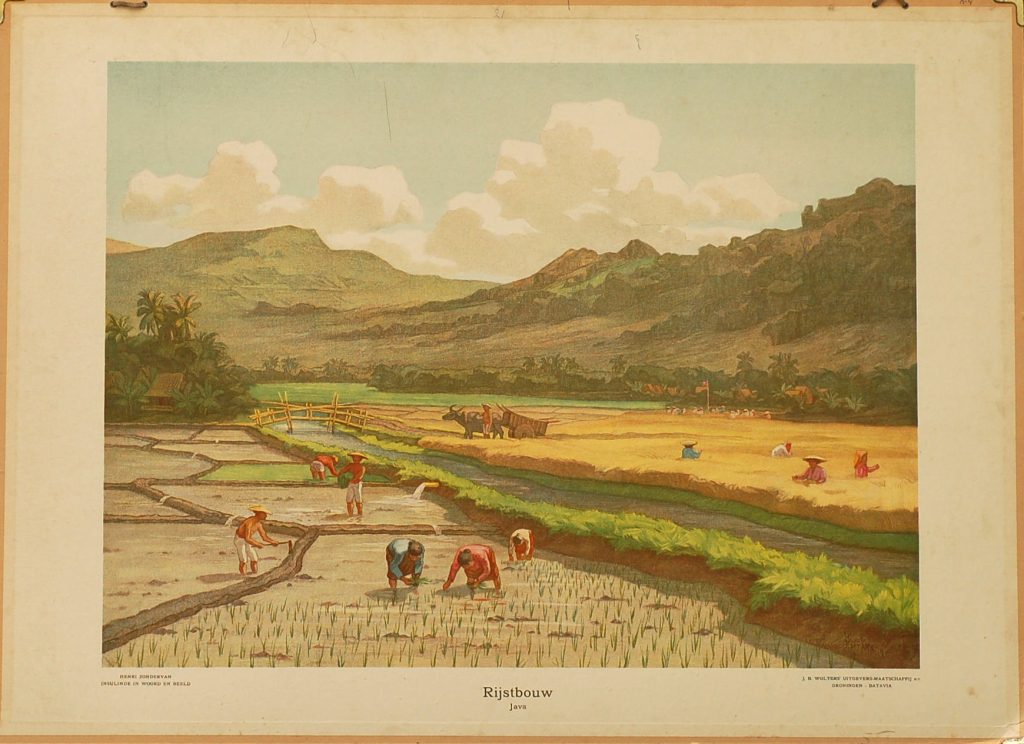
Image 1: Production of rice on Java. Part of the series Insulinde in woord en beeld, by W.C.C. Bleckmann, Publisher J.B. Wolters, Groningen/The Hague. Inventory number H015.481 (105×75 cm). Collection Dutch National Museum of Education in Dordrecht, provided by dr. Jacques Dane, Head of Collection & Research.
From pride and shame to awareness and understanding
On 18 January 2022, another Dutch newspaper, the Volkskrant, published an article dealing with the question ‘How do Indonesians look back on the colonial era?’. The newspaper based its article on a survey held amongst 15 million visitors of the Indonesian website https://historia.id.[v] This survey was also discussed during a convention in De Balie in Amsterdam, in which history teaching in Indonesia and the Netherlands was a debated topic as well.[vi]
The results of surveys into historical awareness and collective memory are often explained by referring to history teaching, accompanied by appeals to history teachers to deal with blind spots in their pupils’ knowledge or to shed light on forgotten black pages. In compulsory history lessons, new generations are informed about the past, and it matters, therefore, what teaching materials are dealt with in these classes.
A committee aiming to reinforce knowledge of the history of the former Dutch East Indies was established in the Netherlands in October 2021. Led by former minister Jet Bussemaker, this committee will advise the Government in 2023 on effective ways of generating more awareness and knowledge of this topic in schools and museums, not led by feelings of pride or shame but by awareness and understanding. The committee is part of a 20.4 million euro boost that the Cabinet decided in 2020 to spend on the collective recognition of the Indonesian community in the Netherlands. That year marked the 75th anniversary of the end of World War II in South-East Asia.
Paradox
Let’s return to the EenVandaag survey, which discloses a remarkable result: youngsters were more negative than average about Dutch colonial history and 55% of these young people said they knew a lot or quite a lot about this history. This may, of course, be attributed to the enthusiasm of youth, but perhaps also to the fact that many textbook authors, teachers, and education experts have been drawing our attention to this complex history for quite some time, as has the government, who introduced the Basic Secondary Education Act in 1993, meaning to introduce pupils in lower secondary education to certain core objectives. Core objective number nine was phrased as follows: ‘With the help of examples, pupils can characterize the colonial and post-colonial relations between the Netherlands and the East- and West Indies, making use of the aspects: colonialism, imperialism and political independence.’[vii] The Dutch East Indies and the colonial relations between the Netherlands (or the Dutch) and Indonesia were a regular theme in school history exams: in 2008, 2007, 2002, 2001, 1989, 1988 and 1976.
And yet, there are current calls to improve ‘Dutch colonial awareness’ and appeals to schools to generate greater awareness and understanding. How is this possible? Allow me to propose a number of possible explanations.
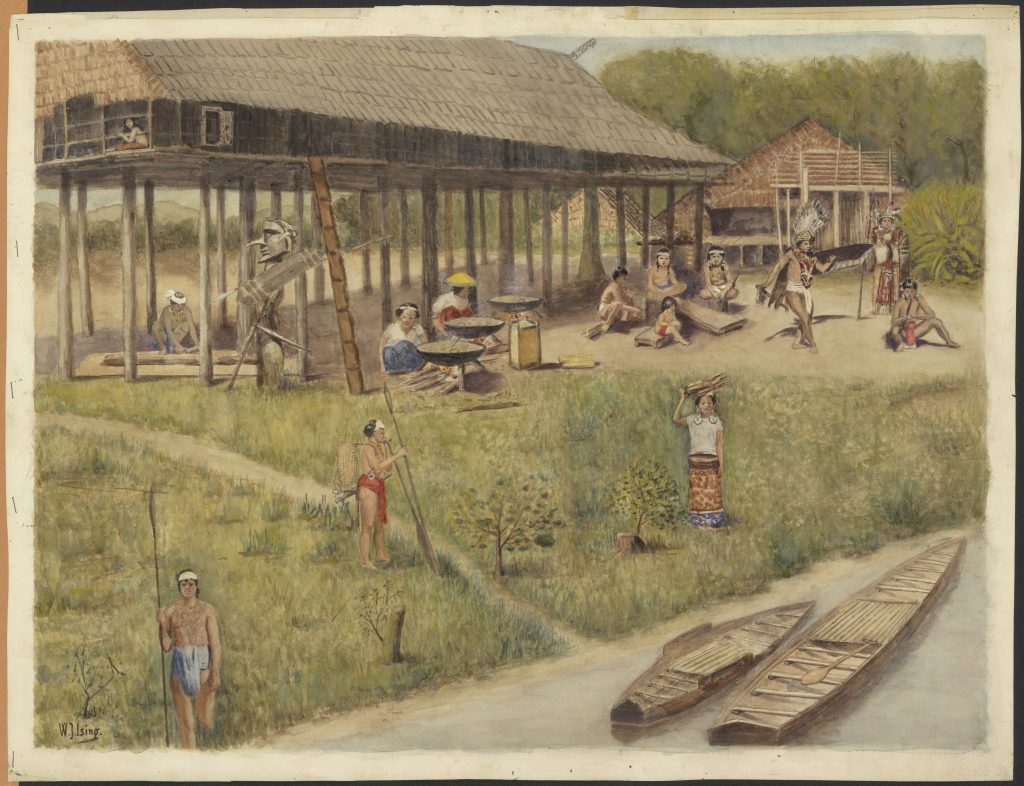
Image 2: Groot Dajaksch Huis on Borneo, wallchart by W.J. Ising, 1915, inventory number H005.552 (104×74 cm). The illustration shows a ‘primitive’ people that hunts with spears and canoes. The Dajaks built an extended house in which a clan, consisting of many families, lived. They were notorious for their practice of headhunting. Collection Dutch National Museum of Education in Dordrecht, provided by dr. Jacques Dane, Head of Collection & Research.
Lack of time and the ‘textbook time lag’
The first explanation is lack of time, or, to be more precise, the average number of hours and years spent by pupils on history education. In Flanders, for example, pupils are taught history in general, technical and art education throughout their entire secondary school period, and it is only in vocational education that history is not taught as an autonomous school subject. In the Netherlands, notwithstanding splendid textbooks and well-trained teachers, history is only a compulsory subject in lower and an optional subject in upper secondary education. There are generations of pupils, therefore, who had just a few years of history and then dropped it: they did not take history finals, whether the Dutch East-Indies were on the exam programme or not. The number of hours allocated to history education in the lower classes, moreover, is under pressure. At various schools, pupils are taught more hours on core subjects such as Dutch, English and maths and fewer hours on subjects like history. History, along with economics, geography, and philosophy, is also frequently integrated into a subject called ‘People and Society’, a combination subject taught only four hours a week. As separate subjects, they were supposed to be taught for about seven hours a week.
Another explanation is the so-called ‘textbook time lag’, which is the gap in time between historiographical innovations and their inclusion into educational media. Practice shows that it takes several years for new scholarly insights to find their way into textbooks, where they also need to be ‘translated’ into suitable teaching formats for pupils to be able to process them. Textbooks are not mere depositories of the latest state of affairs in scholarly knowledge, but they are complex amalgamates of political, social, pedagogical, educational and disciplinary contexts, assembled in books that should not have too many pages.
The formulations, therefore, that pupils will ultimately be facing – in their textbooks as well as in their finals – need to be chosen with great care. The 2007 History and Civics final exams for prevocational programmes, for example, dealt with the sensitivities involved in the matter of making national apologies and the exact date of independence, but the phrase ‘Police Actions’ was used without any reflection and without being questioned at all. In academic historiography, this phrase has been severely criticized, maintaining it is mitigating and misleading to write about a legitimate police action, and is often replaced by ‘colonial war’ or ‘military operation’.
Framing
This brings us to the third explanation: how we talk and write about the Dutch East Indies or the Indonesian War of Independence. This is not only about the inclusion or exclusion of particular events or people or about words chosen to refer to them in a historical narrative, but it is also about their meaning and coherence, that is, the question how events and people are put into a framework of meaning, or how they are framed.[viii] For example, by underlining how pupils in the Dutch East Indies were told about Dutch history and how they were inspired in their own struggle for independence by the Dutch revolt against Philip II, the Dutch were indirectly given a heroic role as ‘liberators’ in addition to being ‘occupiers’.
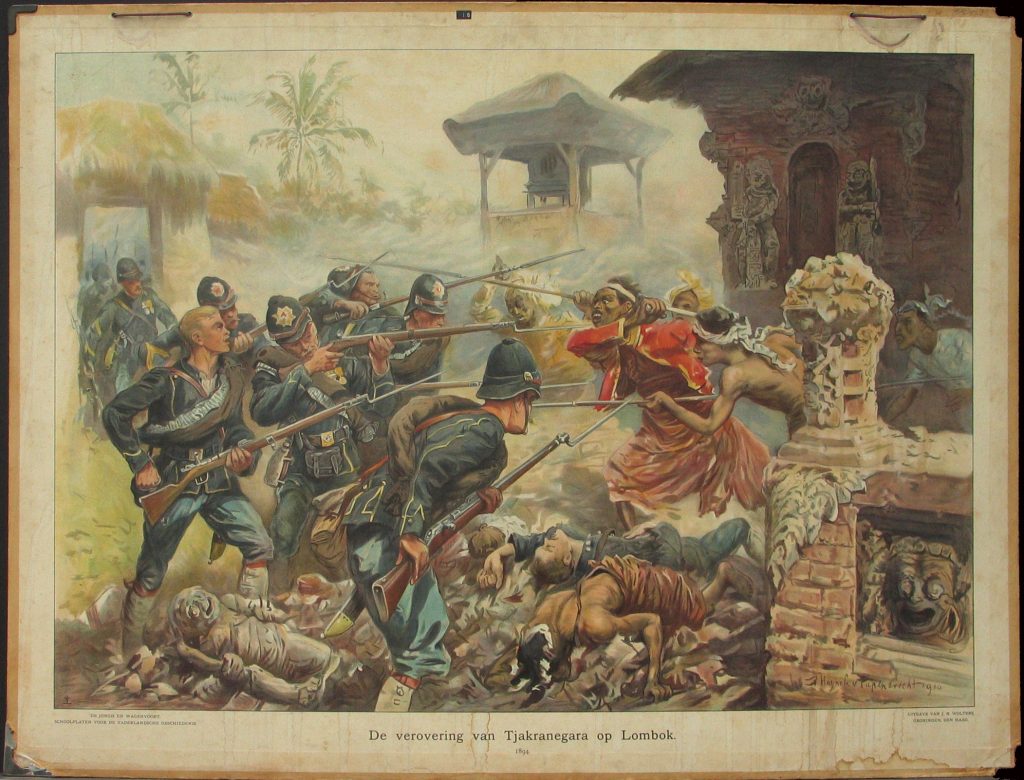
Image 3: The conquest of Tjakranegara on Lombok, 1894. Artist: Jan Hoynck van Papendrecht, 1911. Publisher J.B. Wolters Groningen. Inventory number H018.016 (110×83 cm). Collection Dutch National Museum of Education in Dordrecht, provided by dr. Jacques Dane, Head of Collection & Research.
Framing, therefore, is not about presenting inaccuracies that are diametrically opposed to ‘the truth’ but about how accents are placed and how this affects how history is passed on to next generations. This shows how important it is not to get stuck in a national frame or in polarizing and simplifying oppositions, such as pride and shame, us and them, black and white or right and wrong. World history is complex, as Van Reybrouck rightly emphasizes, and individual stories are valuable additions to explanations of the colonial system. In-depth research, moreover, remains an important weapon against framing: it is important to observe, for example, that only a small elite group of privileged Indonesian pupils received the same Dutch-centred education as Dutch (mostly Indo-European) pupils, whereas other Indonesian children received native education focusing on regional history.
Multiperspectivity
So if we take all of this into account, what would be the best way for teachers to discuss a complex and sensitive history like the Indonesian War of Independence in the classroom? First of all, I would like to mention a safe learning environment in the classroom. It is also important for teachers to keep an eye on pupils’ emotional involvement: pupils in the same classroom may well identify with different groups, or, influenced by parents or the media, they may already have strong views on a particular topic, initially preventing them from wanting to engage with open dialogues or alternative interpretations of events. In such cases, it may be a good idea not to launch straight into the bigger picture but first into individual, personal historical narratives.[ix] In primary school, for instance, teachers might focus on children in the former Dutch East Indies, as these were also an important focus in colonial policies. In this respect, it might be helpful to know that Marit Monteiro, Maaike Derksen and Marleen Reichgelt, winners of the 2021 Radboud Science Award, together with education experts, will be developing teaching materials targeting children in the final two years of primary school.[x]
In addition, it is important to explicitly introduce pupils to different perspectives of history. In the past, when Palestinian and Israeli researchers undertook to write a textbook together, aiming in this way to promote mutual understanding, perpetrators and victims proved to be present on both sides, and their attempts to write a joint historical narrative failed. Eventually they produced a textbook that had three columns, with ‘the’ Jewish-Israeli story in the left-hand column, ‘the’ Palestinian story in the right-hand column and an empty column in the middle for pupils to write down their own comments. Education expert and author Tom van der Geugten included fragments from this textbook in the Dutch textbook series Geschiedeniswerkplaats (History Workplace, 2020). In doing so, he taught pupils an important lesson about history, namely that different perspectives can exist side by side. The critical examination of each other’s perspectives is another possibility, in which arguments, evidence and the reliability of source materials play a crucial role. Doing an exercise like that on the Indonesian War of Independence would certainly be instructive.
Historical teaching materials and colonial relations
It is not only sources that are place-related, but also pupils and teachers themselves. Meera Sabaratnam, an expert in education, decolonization, and eurocentrism at the SOAS University of London, warns teachers to be aware of their ‘shared’ presuppositions about how the world works and invites them to critically examine and question these presuppositions. This can be done, for example, in the National Museum of Education in Dordrecht, which houses a rich collection of historical school wall charts (‘schoolplaten’): images that have helped to shape and colour the world view of several generations and that, by doing just that, continue to do so up to the present day.[xi] These historical visual teaching materials show how colonial relations affected the infrastructure of education. Viewing and discussing these historical teaching materials may spark an inspiring dialogue on contemporary history education.
Biography

Dr Tina van der Vlies is assistant professor of history and education at the Erasmus University Rotterdam, and a member of the scientific advisory board of the Dutch National Museum of Education. Her book Echoing Events. The Perpetuation of National Narratives in English and Dutch History Textbooks, 1920-2010 was awarded with the Georg Eckert Research Award in 2022. For her new research project ‘Why school history matters’ she is affiliated with the University of Cambridge (funded by the Dutch Research Council, NWO Rubicon). She examines public debates about the purposes of history education since the end of World War I.
Original Dutch source: Tina van der Vlies, ‘De Indonesische Onafhankelijkheidsoorlog in de klas’, WO2 Onderzoek uitgelicht: omgang met het koloniale verleden, jaargang 11, nr. 5 (2022). The Dutch digital journal WO2 Onderzoek uitgelicht is a cooperation between various organizations in the field of memory studies: The NIOD Institute for War, Holocaust and Genocide Studies; the Network of War Collections; ARQ National Psychotrauma Centre; Camp Vught National Memorial; and the National Committee for 4 and 5 May. See: https://www.tweedewereldoorlog.nl/onderzoekuitgelicht/31447-2/de-indonesische-onafhankelijkheidsoorlog-in-de-klas/
[i] https://yougov.co.uk/topics/international/articles-reports/2020/03/11/how-unique-are-british-attitudes-empire (accessed February 6, 2022).
[ii] Tom van der Geugten, ‘Schaamte en trots. Het Nederlands beeld van een koloniaal verleden’. Fibula 4 (2000), p. 4-7.
[iii] https://eenvandaag.assets.avrotros.nl/user_upload/PDF/Rapportage%20onderzoek%20koloniale%20geschiedenis_Nederlands_Indie.pdf (accessed February 6, 2022).
[iv] It would be interesting to study this group in greater detail. Who are they? Where did they attend school, in the Netherlands or in Indonesia, and in what period? In Indonesia, textbooks must meet the requirements of an elaborate compulsory curriculum. Hieronymus Purwanta, working at the Universitas Danata Dharma in Yogyakarta, explains that history textbooks in Indonesia display a change after 1975. After this date, textbooks take a more evident colonial perspective than in the period before, connecting stories about Dutch colonialism and imperialism not so much to suffering and hardship but to concepts like development and modernization. See: Hieronymus Purwanta, ‘The representation of colonial discourse in Indonesian secondary education history textbooks during and after the New Order (1975–2013)’. History of Education 47, nr. 3 (2018), p. 349-361.
[v] Noël van Bemmel, ‘Hoe kijken Indonesiërs terug op de koloniale tijd? “De Nederlanders waren wrede onderdrukkers’’’. De Volkskrant, January 18, 2022.
[vi] https://debalie.nl/programma/de-indonesische-blik-op-350-jaar-nederlandse-overheersing-29-01-2022/ (accessed February 6, 2022).
[vii] Tom van der Geugten, ‘Het einde van Indië in schoolboeken’. Moesson (1995), p. 11-17.
[viii] Tina van der Vlies, Echoing Events. The Perpetuation of National Narratives in English and Dutch History Textbooks, 1920-2010. Göttingen: Vandenhoeck & Ruprecht Verlage | V&R unipress, 2022.
[ix] Geerte Savenije, Albert Logtenberg & Bjorn Wansink, ‘Conflicterende perspectieven in het klaslokaal, onderzoek naar gevoelige geschiedenis’, Kleio 5 (2019), p. 5-7; Devon Abbey & Bjorn G. J. Wansink, ‘Brokers of multiperspectivity in history education in post-conflict societies’, Journal of Peace Education 19, nr. 1 (2022), p. 67-90.
[x] For more information, see: ‘Children as Objects and Agents of Change Network’ (COAC), https://ash.uva.nl/content/projects/coac/coac.html?cb
[xi] Evelien Walhout & Jacques Dane, ‘Picturing the East. A Visual Analysis of Dutch Late-Nineteenth and Early Twentieth-Century Educational Tools from the Collection of the Dutch National Museum of Education.’ Yearbook for Women’s History: Gendered Empire 39, p. 157-187. Hilversum, Verloren, 2020.

